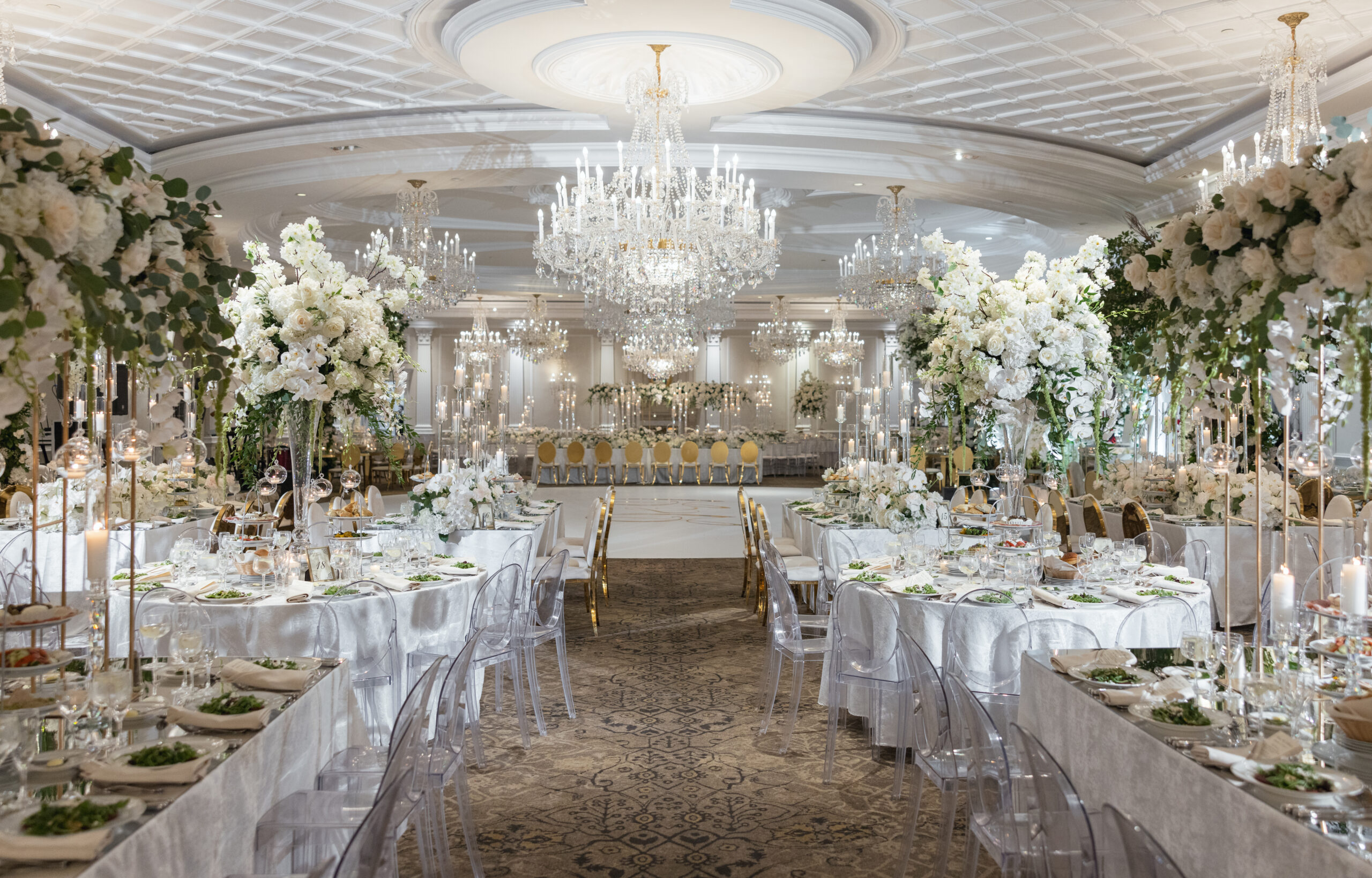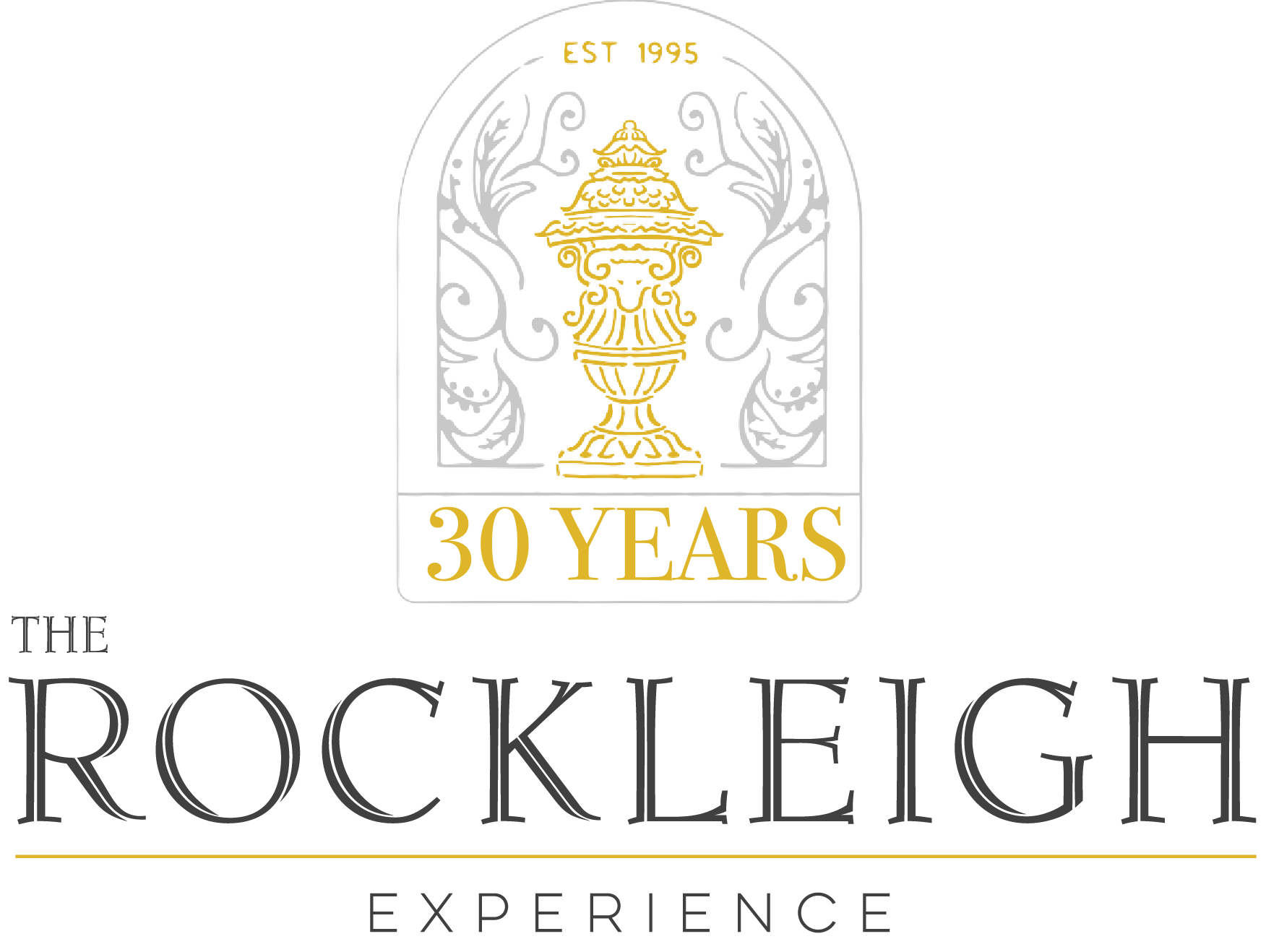
Ceremony Without a Center Aisle: Creative Layouts That Reimagine the Walk-In Moment
The traditional wedding ceremony setup with neat rows of chairs flanking a center aisle has dominated wedding planning for generations. However, modern couples are increasingly exploring alternative ceremony layouts that create more intimate, inclusive, and visually striking celebrations. By reimagining the processional moment and guest seating arrangements, couples can craft ceremonies that better reflect their personalities while fostering deeper connections with their loved ones.
Breaking Away from Convention
The conventional center aisle layout, while classic and photographically familiar, isn’t the only way to create meaningful wedding ceremony experiences. Alternative layouts can solve common ceremony challenges like limited space, awkward venue configurations, or the desire for more intimate guest interactions. These creative arrangements often result in ceremonies that feel more personal and engaging for everyone involved.
Understanding why you might want to deviate from traditional layouts helps in choosing the right alternative approach. Perhaps your venue has architectural features that would be better showcased with a different arrangement, or maybe you want to ensure that every guest feels equally important and included in your ceremony moment. Some couples simply prefer the aesthetic and emotional impact of non-traditional layouts.
Circular and Semi-Circular Arrangements
The Full Circle Ceremony
Circular ceremony layouts place the couple at the center with guests arranged in concentric circles around them. This arrangement creates an incredibly intimate atmosphere where every guest has an equally important view of the proceedings. The couple becomes the focal point from every angle, eliminating the concept of “better” or “worse” seats entirely.
The processional in a circular arrangement can involve the couple entering from opposite sides of the circle and meeting in the center, creating a beautiful symbolic moment of two paths converging. Alternatively, couples can enter together, making a statement about their partnership approach to marriage.
This layout works particularly well for smaller ceremonies where intimate conversation and connection are priorities. The circular arrangement naturally encourages guests to feel part of the ceremony rather than observers, creating a more participatory atmosphere.
Semi-Circular Layouts
Semi-circular arrangements offer many benefits of circular layouts while maintaining some traditional processional elements. Guests are arranged in a curved formation facing the ceremony location, with the couple positioned at the focal point of the arc.
This layout creates excellent sightlines for all guests while providing more flexibility for photography and videography. The curved arrangement draws attention naturally to the ceremony focal point while creating visual interest that photographs beautifully from multiple angles.
Semi-circular layouts work well for outdoor ceremonies where natural features like gardens, water views, or architectural elements serve as backdrops. The curved guest arrangement frames these features beautifully while ensuring everyone has an unobstructed view.
Spiral and Labyrinth Configurations
Creating Journey-Based Ceremonies
Spiral ceremony layouts transform the traditional processional into a meaningful journey. Guests are seated along a spiral path that leads to the ceremony center, with the couple walking the spiral together or meeting at the center after individual journeys.
This arrangement adds symbolic meaning to the processional moment, representing the journey of life, the path to love, or the spiritual journey of marriage. The extended processional time allows for more elaborate musical selections and gives guests extended opportunities to witness and participate in the ceremony approach.
Spiral layouts require more space than traditional arrangements but create visually stunning ceremonies that photograph beautifully from elevated angles. The gradual reveal as the couple moves through the spiral builds anticipation and emotional intensity.
Labyrinth-Inspired Designs
For couples drawn to spiritual or meditative ceremony elements, labyrinth-inspired layouts create opportunities for meaningful ritual and reflection. These arrangements can incorporate walking meditation elements, prayer stations, or moments of silence as couples navigate the path to their ceremony center.
Guest seating in labyrinth arrangements often follows the outer perimeter, with clear sightlines to the central ceremony space. This layout works particularly well for couples incorporating religious or spiritual elements into their ceremonies.
Theater and Amphitheater Styles
Tiered Seating Arrangements
Theater-style arrangements with tiered seating eliminate the center aisle while ensuring excellent sightlines for all guests. These layouts work particularly well in venues with natural elevation changes or when using risers and platforms to create levels.
The couple can enter from the sides, from behind the guest seating area, or even from above if the venue allows. These dramatic entrances create memorable processional moments while ensuring that every guest has a perfect view of the ceremony proceedings.
Tiered arrangements photograph beautifully, creating depth and visual interest in ceremony images. The elevated positioning also provides natural separation between the ceremony space and any distracting background elements.
Amphitheater Configurations
Natural or constructed amphitheater settings create stunning ceremony venues that eliminate the need for traditional aisle arrangements. Guests are positioned on slopes or terraced areas facing a central ceremony space, with couples entering from various dramatic angles.
These arrangements work particularly well for outdoor ceremonies in natural settings where topography provides natural amphitheater conditions. The elevated guest positioning creates excellent acoustics and ensures that ceremony words carry clearly to all attendees.
Intimate Gathering Formations
Living Room Style Arrangements
For couples seeking maximum intimacy, living room style arrangements group guests in casual clusters around the ceremony space. Seating might include a mix of chairs, benches, and even comfortable lounge furniture arranged in conversation-style groupings.
The couple can move through these intimate groups during their processional, greeting guests personally before reaching their ceremony position. This approach works particularly well for small ceremonies where personal connection with each guest is prioritized over formal presentation.
Living room arrangements create relaxed, comfortable atmospheres that encourage guest interaction and participation. The informal seating often leads to more relaxed, conversational ceremony tones that many couples find appealing.
Garden Party Configurations
Garden party style ceremonies scatter seating throughout a larger space, with the ceremony location serving as a natural gathering point. Guests might be seated at small tables, on benches positioned throughout a garden, or in various seating areas that all focus toward the ceremony space.
The processional in garden party arrangements often involves the couple visiting different guest groupings before converging at the ceremony location. This approach creates opportunities for personal moments with different family groups and friend circles.
Practical Considerations for Alternative Layouts
Space Requirements and Logistics
Alternative ceremony layouts often require different space considerations than traditional arrangements. Circular and spiral layouts may need more overall square footage, while theater arrangements might require less width but more depth.
Consider guest flow patterns for both arrival and departure when planning alternative layouts. Ensure that guests can easily find their seats and that there are clear pathways for emergency situations. Some arrangements may require additional signage or ushering to help guests understand the seating pattern.
Sound considerations become particularly important with alternative layouts. Ensure that ceremony words will carry clearly to all guest positions, which may require additional audio equipment or different microphone placement than traditional ceremonies.
Weather and Environmental Factors
Outdoor alternative layouts require careful consideration of weather conditions and backup plans. Circular arrangements may be more challenging to cover with traditional tent structures, requiring creative solutions for weather protection.
Consider how wind patterns, sun positioning, and other environmental factors will affect your chosen layout throughout your ceremony time. Guest comfort in alternative arrangements may require different approaches to shade, heating, or weather protection.
Photography and Videography Advantages
Unique Visual Perspectives
Alternative ceremony layouts often provide photographers and videographers with more creative opportunities than traditional arrangements. Circular layouts allow for 360-degree coverage, while spiral arrangements create dynamic movement opportunities.
Work with your photography team to understand how your chosen layout will impact their ability to capture key moments. Some alternative arrangements may require additional photographers or different equipment positioning to ensure comprehensive coverage.
The unique visual appeal of alternative layouts often results in more distinctive and memorable ceremony photographs that stand out from traditional wedding imagery.
Guest Photography Considerations
Consider how your layout choice will impact guest photography opportunities. Some alternative arrangements may make it more challenging for guests to capture ceremony moments with their phones or cameras, while others may provide better opportunities for guest photography.
Communicate with guests about photography expectations and guidelines, particularly if your layout choice creates unique viewing situations or if you prefer unplugged ceremony experiences.
Incorporating Personal Elements
Cultural and Religious Adaptations
Many alternative ceremony layouts can be adapted to incorporate cultural or religious traditions while maintaining their unique character. Circular arrangements work well with many cultural ceremony elements, while spiral layouts can incorporate processional traditions from various backgrounds.
Work with religious or cultural advisors to ensure that your chosen layout respects and enhances traditional elements rather than conflicting with them. Many ceremony traditions can be beautifully adapted to alternative layouts with thoughtful planning.
Family Involvement Opportunities
Alternative layouts often create new opportunities for family involvement in ceremony proceedings. Parents, grandparents, or siblings might have special roles in guiding couples through spiral paths, blessing ceremony spaces, or participating in unique processional elements.
Consider how your layout choice might create opportunities for honoring family members or including loved ones in special ways that wouldn’t be possible with traditional arrangements.
Budget Considerations
Cost Implications
Alternative ceremony layouts may have different cost implications than traditional arrangements. Some layouts might require additional setup time or specialized rental equipment, while others might be more economical by reducing the need for extensive aisle decorations.
Consider how your layout choice affects other ceremony elements like floral arrangements, lighting needs, and rental requirements. Some alternative layouts might require fewer traditional elements while necessitating different types of investments.
DIY and Creative Solutions
Many alternative layouts lend themselves well to creative, DIY solutions that can reduce costs while adding personal touches. Simple circular arrangements might require only basic seating rentals, while spiral layouts could incorporate DIY pathway elements.
Work with your wedding planning team to identify opportunities for cost savings and creative solutions that enhance your chosen layout without exceeding your budget.
Bringing Your Alternative Ceremony Vision to Life at The Rockleigh
The Rockleigh’s versatile event spaces provide exceptional opportunities for implementing creative ceremony layouts that break away from traditional aisle arrangements. With both spacious indoor ballrooms and beautiful outdoor terraces, The Rockleigh can accommodate circular arrangements, spiral configurations, and intimate gathering styles with equal elegance.
The venue’s experienced event coordination team specializes in bringing unique ceremony visions to life, working closely with couples to understand the logistical requirements and creative possibilities of alternative layouts. From coordinating specialized seating arrangements to managing unique processional elements, The Rockleigh’s professional staff ensures that every aspect of your non-traditional ceremony is executed flawlessly.
The Rockleigh’s commitment to personalized service means that your alternative ceremony layout will be supported by professionals who understand that breaking away from convention requires careful planning and expert execution. Whether you’re envisioning an intimate circular ceremony or a dramatic spiral processional, The Rockleigh provides both the beautiful setting and experienced coordination needed to make your reimagined ceremony moment truly unforgettable.





No Comments
Sorry, the comment form is closed at this time.